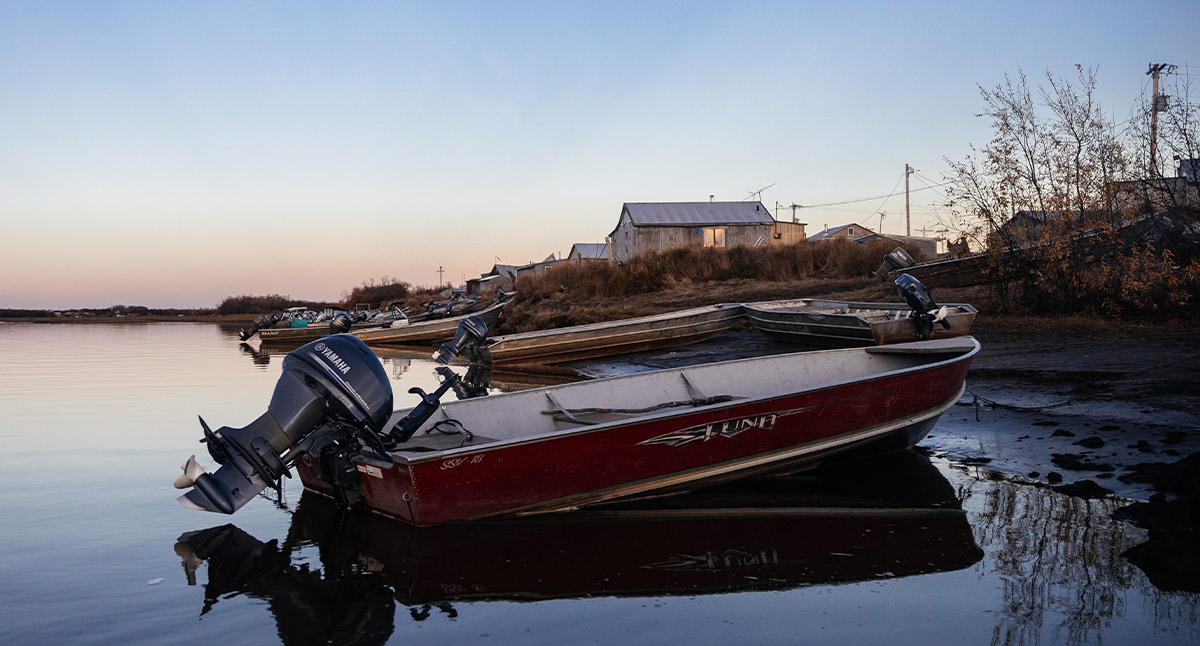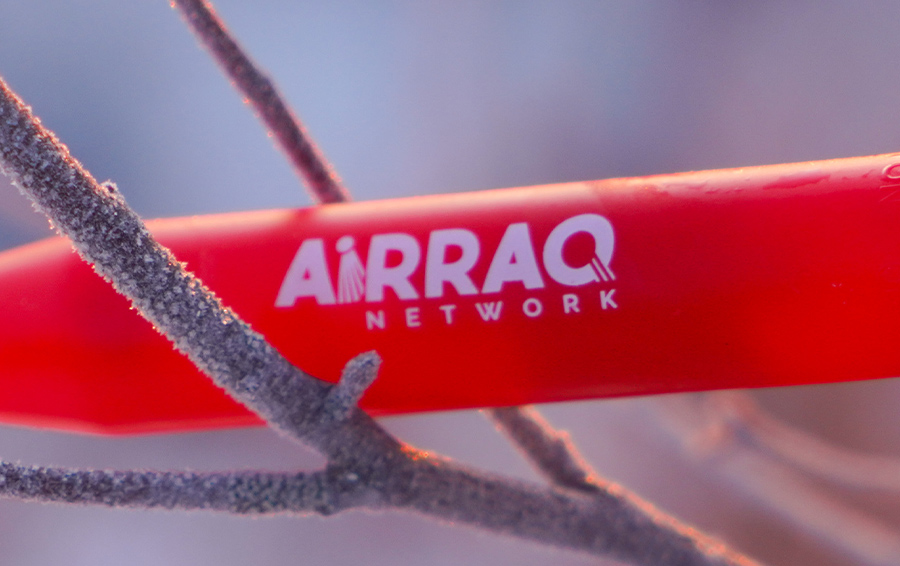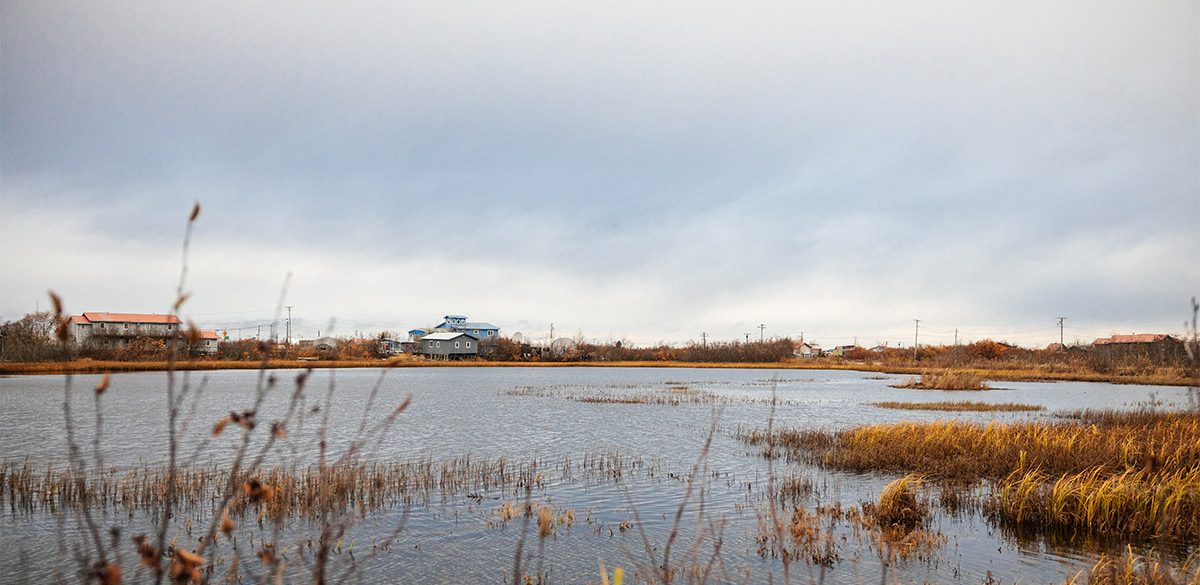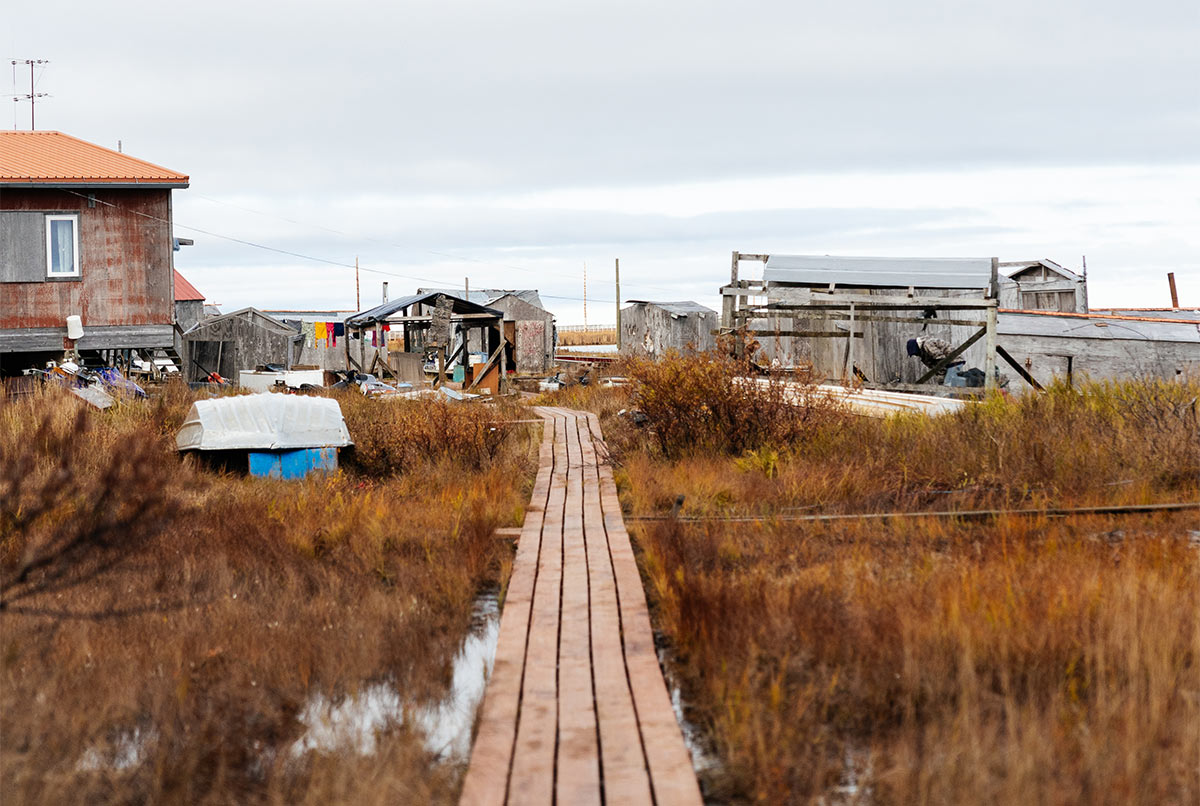
Update
ummer is just around the corner, and perhaps no one is feeling it like the contractors working on GCI’s Airraq Network fiber project. With plans to start barging materials into the Yukon-Kuskokwim, or Y-K, Delta region as soon as May, project contractors—including Associated General Contractors, or AGC, of Alaska members STG, Inc. and Meridian Management—are working to finalize the logistics of procuring, staging, and transporting materials in what Jed Hagan, Meridian senior construction manager, calls, “Probably the most explicit case of ‘measure twice, cut once.’”
“You want to have the timing complete; you want to have the entire materials package ready and on standby and the contractors ready to go before you pull the trigger on something like this,” he says.
ummer is just around the corner, and perhaps no one is feeling it like the contractors working on GCI’s Airraq Network fiber project. With plans to start barging materials into the Yukon-Kuskokwim, or Y-K, Delta region as soon as May, project contractors—including Associated General Contractors, or AGC, of Alaska members STG, Inc. and Meridian Management—are working to finalize the logistics of procuring, staging, and transporting materials in what Jed Hagan, Meridian senior construction manager, calls, “Probably the most explicit case of ‘measure twice, cut once.’”
“You want to have the timing complete; you want to have the entire materials package ready and on standby and the contractors ready to go before you pull the trigger on something like this,” he says.
The name Airraq, pronounced “EYE-huck,” is the Yup’ik word for a string used to tell stories, similar to a cat’s cradle. Ana Hoffman, president and CEO of Bethel Native Corporation, describes how the network got its name in a video GCI created.
“Understanding that fiber was going to be a loop to bring these villages and stories in, and also use fiber as a way to communicate our stories out, Airraq just seemed so appropriate,” Hoffman says in the video.
“The end result is that these communities are going to have the same services that you and I enjoy here in Anchorage—the same plans, the same pricing, the same level of speeds,” says Jenifer Nelson, GCI’s director of rural affairs. “Having fiber is that generational solution that will provide capacity and connect these communities now, until forever. So it’s really, really exciting.”
A more than 900-mile subsea and terrestrial fiber network will connect thirteen Y-K Delta communities, from Platinum to Bethel, then stretching up to Emmonak.
Before that can happen, STG and Meridian must complete surveys and site visits, finalize the design of network components, and determine how they can make use of existing infrastructure as they connect individual homes to this new fiber network.

STG completed three-dimensional drone scans to look at access in preparation for installing foundations for cable landing stations. The stations act as the bridges between the subsea fiber and the local network. Through site visits, both STG and Meridian met with community members to take a survey of available local equipment that construction crews might use and how existing land use might affect permitting.
“Field work experts looked at everything from ownership to additional permitting needs, talking to locals and finding out: this is a commonly used snowmachine route, or this is where we do some of our subsistence hunting or fishing,” Nelson explains.
STG also explored hiring opportunities among local workers. As a part of the Calista family of companies, STG will seek to put Calista shareholders to work in their own region—a strategy that will also alleviate some of the challenge of recruiting a skilled workforce from outside the remote region.

“Undersea fiber cable is not just a cable that gets bought off the shelf,” explains Meridian President Johnathan Storter. Meridian will oversea installation of cable landing stations, as well as terrestrial and tundra cable.
Marine fiber experts review the planned subsea fiber route, looking at changes in depth and terrain to determine the cable armoring scheme. Cable is then specially designed for its route.
Senior Construction Manager, Meridian Management
Once the cable is manufactured, it doesn’t get shipped to the site. Instead, the lay vessel goes to the manufacturer, where the cable is loaded according to how it will be laid out.
“If someone messes up and loads it backwards, all your double armor is going through the nice sandy portion, and you’ve got no armor going over the coral or abrasive places,” Storter explains. “It’s definitely logistically challenging.”

In addition to installing foundations for cable landing shelters in each community, STG is managing the logistics of getting all project components from Anchorage to their “final resting sites,” says STG President Brennan Walsh. STG’s thirty years of experience navigating remote Alaska and understanding the seasonal changes of Alaska’s coast will be crucial as it barges and flies in equipment.
“We have a pretty vast array of communities we’re working in,” Walsh says. “Building relationships across those vendors and those suppliers is key to understanding their capacity and equipment—to understanding the nuances between a landing craft barge and a mainline barge, where those can go, and what’s needed to offload or load those pieces. All that plays into figuring out how STG can come in, perform our scope of work, and deliver in a seamless manner.”

“We attend the city halls and tribal meetings while we’re in town to answer any questions that may arise during construction,” he adds. “Then, typically after construction, I do a drive-through with the village or city [representative] and make sure everything’s to their liking. That outreach is there from start to finish.”
Project partner Bethel Native Corporation has been key to this clear communication between contractors and communities. “Getting the consent of these communities and tribe, bringing them in as partners, was really important to us,” Nelson says.
Bringing in the right contractors is also crucial to accomplishing this logistically challenging project, says Storter. “I think there’s just a certain level of maturity that comes along with belonging to an organization like AGC. It’s collaboration, willingness to work towards a common goal.”
Funding for the initial phase of the Airraq project came to the Bethel Native Corporation in the form of a $42 million grant from the National Telecommunications and Information Administration’s Tribal Broadband Connectivity Program. An additional $31 million US Department of Agriculture, or USDA, ReConnect grant was awarded to GCI, with a second USDA ReConnect grant of $35 million going to GCI for the extension of cable to the three northernmost communities in the network.
“Big projects like this take a lot of partnerships and a lot of people to make it happen,” Nelson says. “Achieving this network is nothing short of an engineering marvel.”